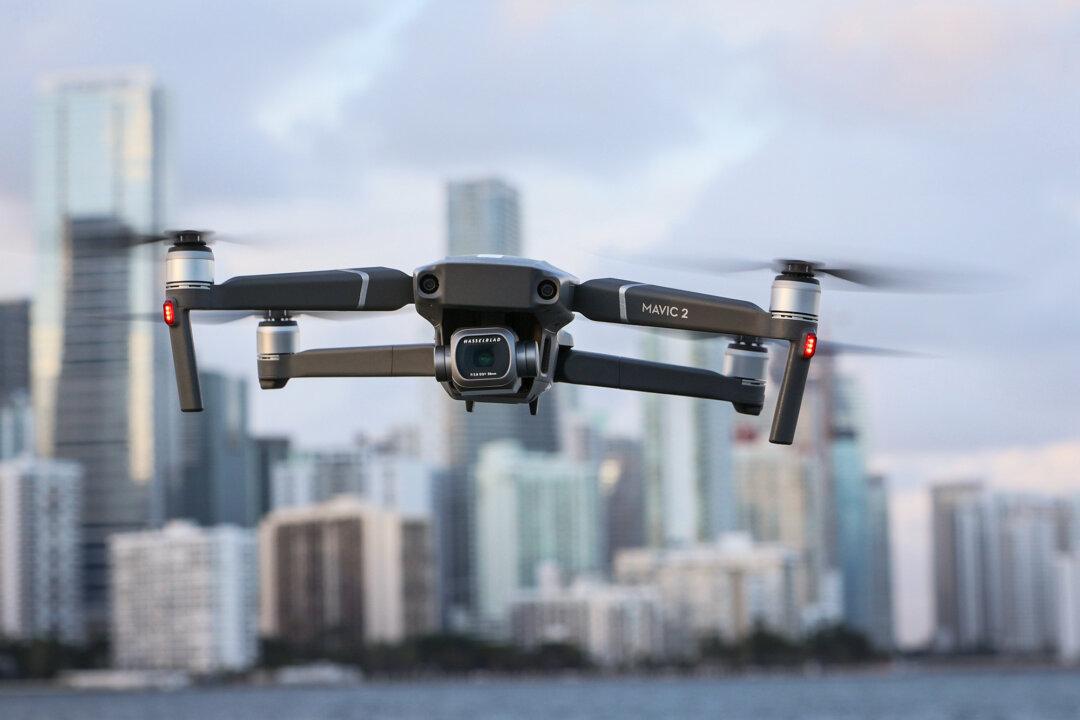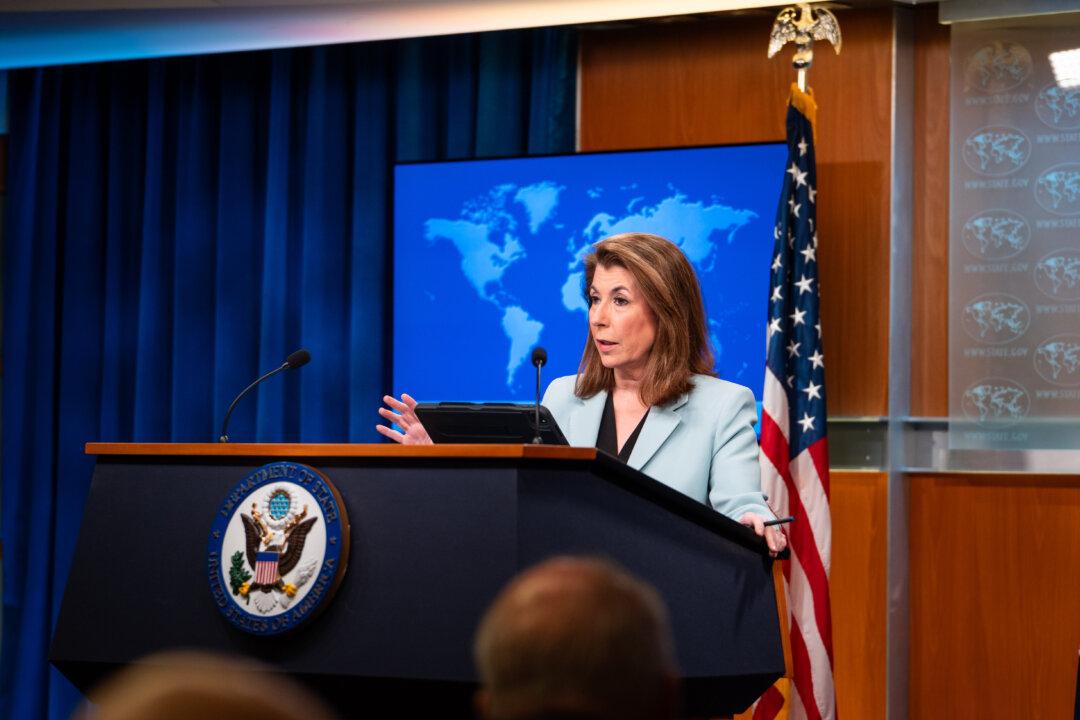The U.S. Army on Monday released new guidance for its commanders and staff, emphasizing the importance of space systems to future ground warfare while calling for an “urgent need” for more funding for space capabilities and personnel training.
“Successful operations in and through the space domain will be critical to our success,” the document says.
It outlines a vision for integrating space capabilities into all Army operations and activities.
The nature of future conflicts will be different as Army forces “will be operating under constant surveillance” from enemies’ space systems, according to the document. Consequently, the service “must invest in the knowledge and forces to counter threat space systems and enable our own space systems.”
The vision sets out the Army’s commitment to have the capabilities to interdict adversary space capabilities.
“Army space professionals, at echelon, will lead the effort to increase understanding and integration of friendly joint and coalition space capabilities into our operations and activities while simultaneously interdicting the adversary’s use of space based, and space enabled capabilities,” the document says.
It adds, “Interdict adversary space capabilities by delivering necessary fires and effects at echelon to protect friendly forces from observation and targeting by counter-satellite communications, counter-surveillance and reconnaissance, and navigation warfare operations.”
Ultimately, the goal behind disabling enemies’ space capabilities is to ensure “Army forces gain and maintain the initiative to fight from positions of relative advantage in all domains.”
The document does not specify the precise weaponry that the Army aims to acquire, merely stating that the service wants to deploy “the next generation of tactical terminals to leverage multi-orbit satellite communications services and access space-enabled tactical intelligence, surveillance, and reconnaissance platforms to meet deep sensing requirements.”
The vision also emphasizes that the Army must integrate “friendly, joint, coalition, and commercial space capabilities” to support all of its warfighting functions, such as positioning, navigation, beyond-line-of-sight communications, space domain awareness, and geospatial information.
The document emphasizes that “commanders must understand that space capabilities start and end on the ground and be fully aware of their importance in planning and operations.”
While it does not name a foreign adversary, the document warns that “rapid proliferation and tactical application of competitor space capabilities will erode the advantages that ensure U.S. land dominance.”
China
Gen. George was sworn in as the 41st chief of staff of the Army on Sept. 21, 2023, after senators confirmed him for the new post after a 96–1 vote.“[The NDS] accurately assesses the current strategic environment, which identifies China as our pacing challenge, but outlines the acute threat posed by Russia and persistent threats posed by North Korea, Iran, and violent extremist organizations,” he wrote.
He also commented on the importance of working closely with India, a nation “essential to our broader goal of free and open Indo-Pacific.”
“We increasingly share security priorities with India that include concerns about violent extremist organizations and encroachment by the People’s Republic of China. If confirmed, I will explore the need for enhanced security engagements with other countries in the Indian Ocean region as well,” he wrote.
The Pentagon, in its 2023 report for Congress on China’s military published in October, highlighted China’s space and counter-space capabilities.
“The PRC continues to develop counterspace capabilities—including direct-ascent anti-satellite missiles, co-orbital satellites, electronic warfare, and directed-energy systems—that can contest or deny an adversary’s access to and operations in the space domain,” the report says, referring to China’s official name, the People’s Republic of China.
One operational space technology in China’s arsenal is a ground-based anti-satellite (ASAT) missile, according to the report.
The report points out that China has launched two satellites—Shijian-17 and Shijian-21—each with a robotic arm, saying that the technology with this type of satellite “could be used in a future system for grappling adversary satellites.”
“The PLA routinely incorporates in its exercises jamming and anti-jamming techniques that probably are intended to deny multiple types of space-based communications, radar systems, and GPS navigation support to military movement and precision-guided munitions employment,” it reads, referring to the official name of China’s military, the People’s Liberation Army.
The report also warns that China is “probably developing jammers” targeting synthetic aperture radar (SAR) satellites. “Interfering with SAR satellites very likely protects terrestrial assets by denying imagery and targeting in any potential conflict involving the United States or its allies,” it explains.
“The PLA views space superiority, the ability to control the space-enabled information sphere and to deny adversaries their own space-based information gathering and communication capabilities, as critical components to conduct modern ‘informatized warfare,’” the report says.







